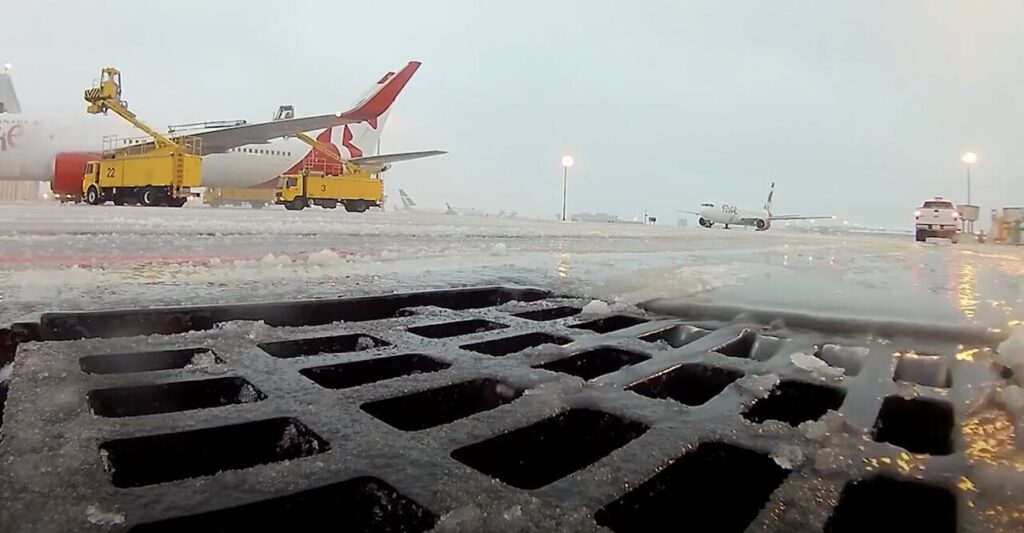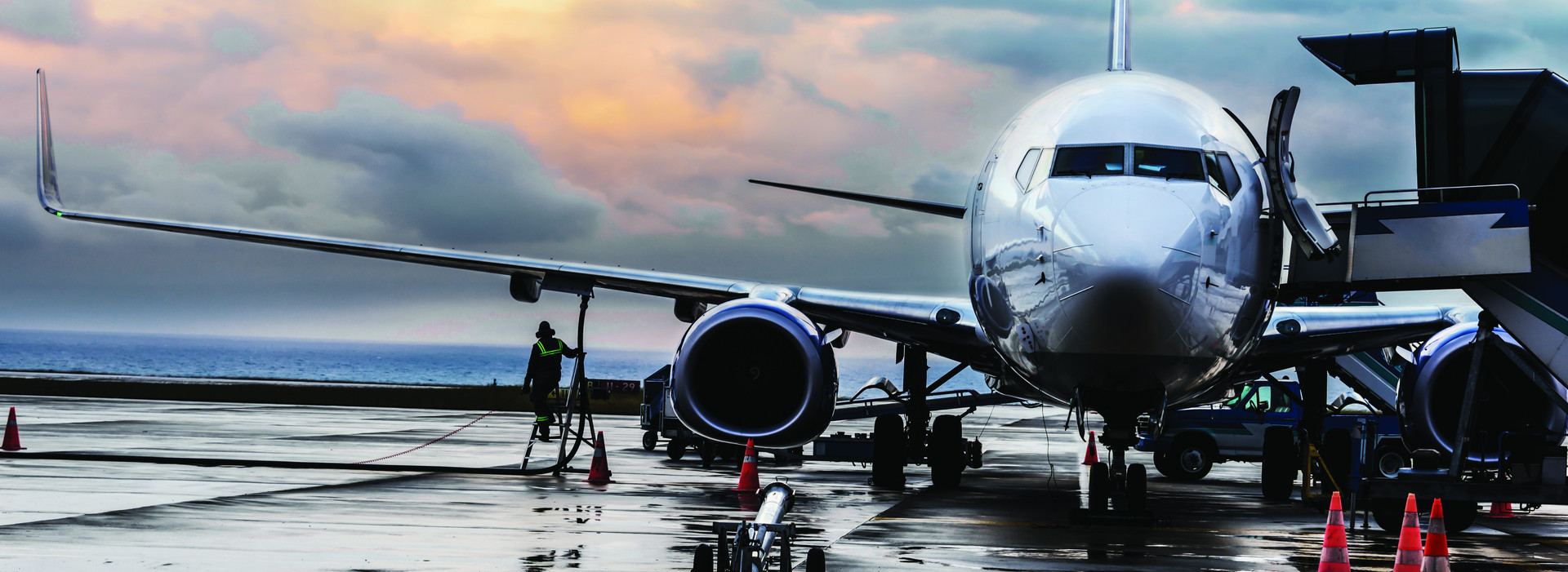The development of robust aviation infrastructure is essential for supporting the growth and sustainability of the global aviation industry. As air travel demand continues to rise and technology advances, stakeholders around the world are investing in the expansion and modernization of airports, air navigation systems, and supporting facilities to meet the evolving needs of travelers and ensure the efficient movement of goods and passengers. In this article, we examine the current trends and forecasts in global aviation infrastructure development, highlighting key initiatives, challenges, and opportunities shaping the future of air transportation worldwide.
Expansion of Airport Capacity:
One of the most significant trends in global aviation infrastructure development is the expansion of airport capacity to accommodate growing passenger and cargo volumes. Major hub airports in key aviation markets, such as the United States, China, and the Middle East, are undergoing extensive expansion projects to increase terminal capacity, runway capacity, and aircraft parking stands. For example, airports like Dubai International Airport, Beijing Capital International Airport, and Hartsfield-Jackson Atlanta International Airport are investing billions of dollars in infrastructure upgrades and expansion to meet projected demand growth and improve passenger experience.

Moreover, emerging markets in Asia, Africa, and Latin America are investing in the construction of new airports and the expansion of existing facilities to support economic development and tourism growth. Countries like India, Indonesia, and Brazil are experiencing rapid urbanization and industrialization, driving demand for air travel and necessitating investments in aviation infrastructure. These countries are building new greenfield airports, upgrading regional airports, and investing in airport modernization programs to enhance connectivity, stimulate economic growth, and attract foreign investment.
Modernization of Air Navigation Systems:
In addition to airport expansion, the modernization of air navigation systems is a critical aspect of global aviation infrastructure development. Traditional ground-based navigation systems are being replaced by satellite-based navigation technologies, such as the Global Positioning System (GPS) and the European Geostationary Navigation Overlay Service (EGNOS), to improve navigation accuracy, reduce flight times, and increase airspace capacity. These technologies enable more efficient route planning, improved aircraft tracking, and enhanced safety through precise positioning and navigation capabilities.
Furthermore, the implementation of advanced air traffic management (ATM) systems, such as Automatic Dependent Surveillance-Broadcast (ADS-B) and Collaborative Air Traffic Management (CATM), enables real-time data sharing and collaborative decision-making among air traffic controllers and pilots. These systems enhance situational awareness, optimize airspace utilization, and reduce the risk of mid-air collisions and airspace congestion. Governments and regulatory authorities are investing in the deployment of next-generation ATM systems to enhance safety, efficiency, and environmental sustainability in the aviation sector.
Integration of Sustainable Practices:
An emerging trend in global aviation infrastructure development is the integration of sustainable practices and green technologies to minimize environmental impact and promote sustainability. Airports and airlines are adopting energy-efficient building designs, renewable energy sources, and eco-friendly operational practices to reduce carbon emissions, conserve natural resources, and mitigate climate change. For example, airports are installing solar panels, LED lighting systems, and energy-efficient HVAC systems to reduce energy consumption and greenhouse gas emissions.
Moreover, airports are implementing water conservation measures, waste recycling programs, and sustainable transportation initiatives to minimize environmental footprint and promote environmental stewardship. Airlines are investing in fuel-efficient aircraft, sustainable aviation fuels (SAF), and carbon offset programs to reduce emissions and achieve carbon-neutral growth. Furthermore, governments and regulatory agencies are incentivizing sustainable practices through financial incentives, tax breaks, and emissions trading schemes to encourage industry-wide adoption of environmentally friendly technologies and practices.
Challenges and Opportunities:
While global aviation infrastructure development presents significant opportunities for economic growth and connectivity, it also poses challenges and risks that must be addressed to ensure sustainable development. One of the primary challenges is financing, as infrastructure projects require substantial investment in planning, design, construction, and operation. Governments, airport operators, and investors must collaborate to secure funding for infrastructure projects through public-private partnerships, multilateral financing mechanisms, and innovative financing instruments.

Moreover, infrastructure development must be aligned with environmental and social considerations to minimize negative impacts on ecosystems, communities, and cultural heritage sites. Environmental impact assessments, stakeholder consultations, and sustainability certifications are essential to ensure that infrastructure projects are developed in a responsible and sustainable manner. Additionally, geopolitical factors, regulatory barriers, and market uncertainties can affect the feasibility and viability of infrastructure projects, requiring careful risk assessment and mitigation strategies.
Despite these challenges, global aviation infrastructure development presents significant opportunities for innovation, collaboration, and economic development. By investing in modern, efficient, and sustainable infrastructure, countries can enhance connectivity, stimulate economic growth, and improve quality of life for citizens. Moreover, infrastructure development can create jobs, attract investment, and foster innovation in technology and engineering. By leveraging these opportunities and addressing challenges proactively, stakeholders can build a resilient, adaptable, and sustainable aviation infrastructure system capable of meeting the needs of future generations.
In conclusion, global aviation infrastructure development is a dynamic and evolving process driven by economic, technological, and environmental factors. The expansion of airport capacity, modernization of air navigation systems, and integration of sustainable practices are key trends shaping the future of air transportation worldwide. While challenges such as financing, environmental impact, and regulatory complexity remain, the opportunities for economic growth, connectivity, and innovation are significant. By collaborating, investing, and embracing sustainable development principles, stakeholders can build a resilient and sustainable aviation infrastructure system that supports the needs of society while minimizing environmental impact and maximizing economic benefits.


